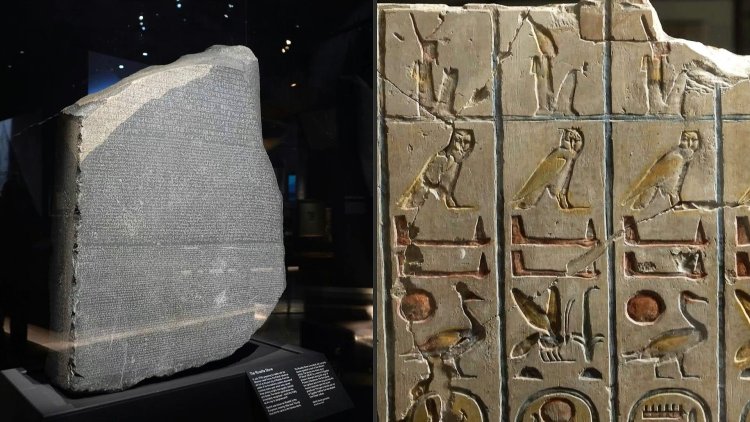British Museum hails Rosetta Stone's role in cracking hieroglyphs

The Rosetta Stone stars in a new exhibition opening at the British Museum marking one of the most significant dates in Egyptology -- 200 years after a French scholar finally cracked its code and deciphered hieroglyphs.
The exhibition comes with the British Museum under pressure from some Egyptologists to hand the Rosetta Stone back to Cairo at a time when UK institutions are beginning to return to other countries artefacts looted during the colonial era.
Once seen as magical symbols unrelated to spoken language, Egyptian hieroglyphs were swathed in mystery for centuries until philologist Jean-Francois Champollion cracked their meaning in 1822.
French troops had discovered the stone in the walls of an Egyptian fort in 1799 and gave it to British forces as part of a surrender agreement. The British Museum has displayed it since 1802.
The basalt slab dating from 196 BC was so crucial because it has inscriptions of identical meaning in three languages: hieroglyphs, an ancient Egyptian vernacular script called Demotic and Ancient Greek, which provided the translation key.
"We decided because the Rosetta Stone was such an important key to that decipherment that we will do this properly: with an exhibition that also features our star objects," said Ilona Regulski, curator of Egyptian written culture at the museum.
"It's a wonderful moment to celebrate."
The British Museum said that Egypt has never made a formal request for the Rosetta Stone's return.












